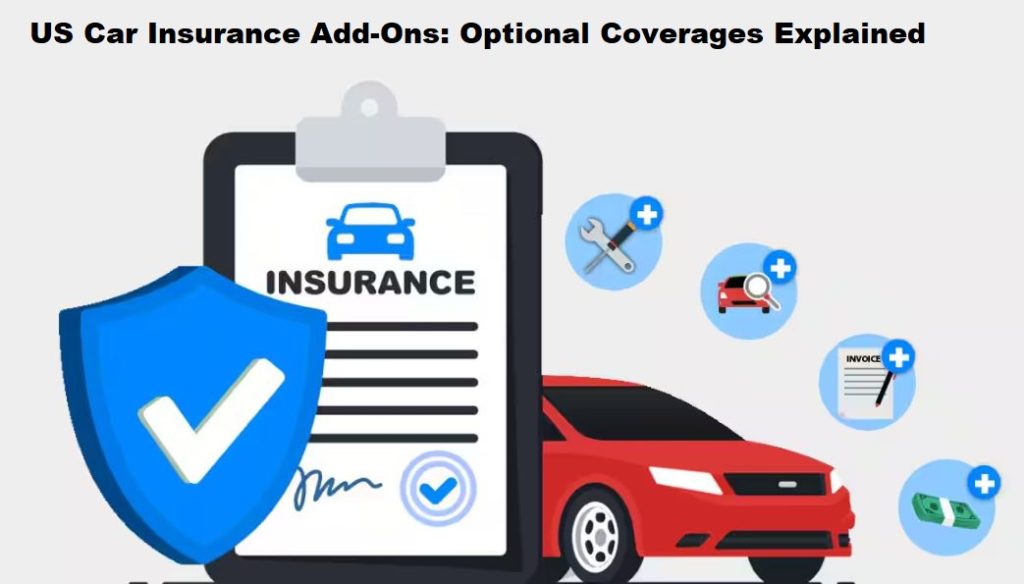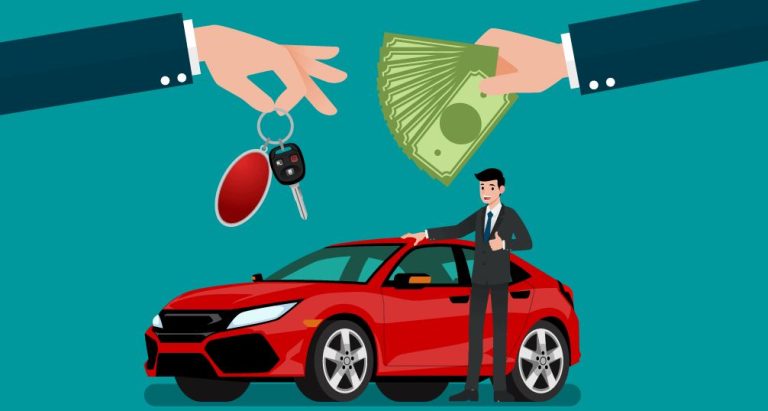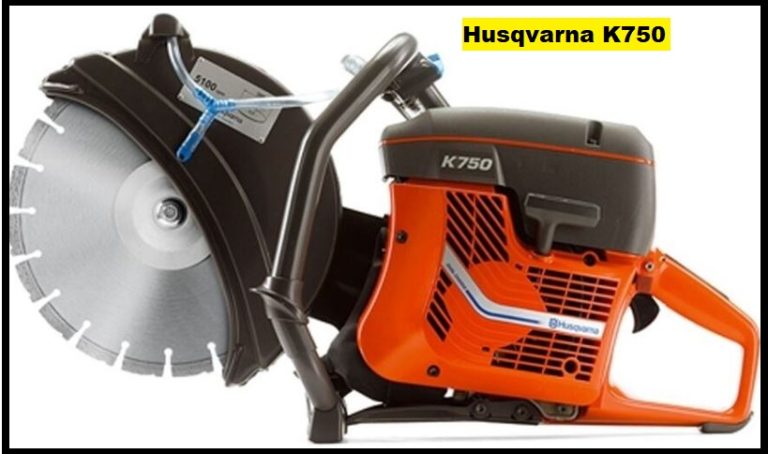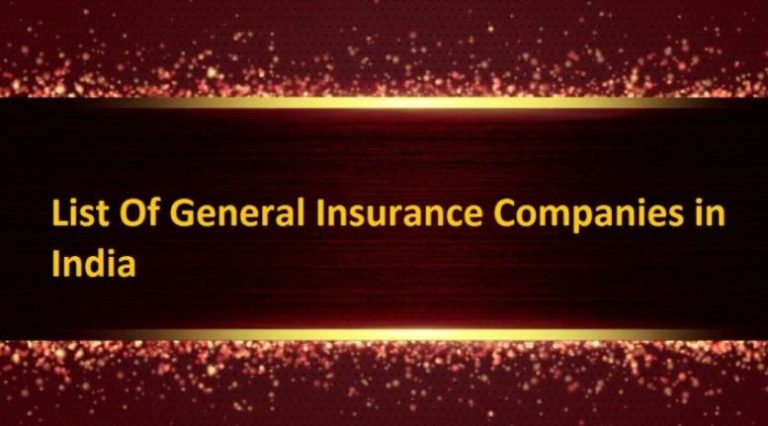Auto insurance can feel like navigating a maze sometimes, right? There’s a ton of ways to tweak your coverage to fit just right, and the base policies already cover a bunch – think vehicle damage, injuries to you and your crew after a fender bender, theft, and even wrecking someone else’s stuff if you’re the one behind the wheel.
With all that covered, those extra add-ons might seem a bit extra. But hey, those add-ons, also known as endorsements and riders, tackle those little extras that could save your bacon down the road.

Add-ons enhance car insurance
Think of car insurance add-ons as those optional upgrades you can bolt onto your existing coverage to give yourself extra protection for certain situations. They’re like the cherry on top of your insurance sundae, allowing you to customize your coverage to fit your exact needs.
This way, you’re not stuck paying for stuff you don’t need – you’ll have the collision and comprehensive coverage essentials, plus the add-ons that tick all your boxes. When you’re getting your car insurance quotes, these add-on options should be right there for you to consider.
But if you’re still unsure, you can always chat with your insurance provider or the VIU by HUB Advisory Team to tack them on whenever you want.
Car insurance add-ons explained
Roadside assistance, also known as towing and labor coverage, is like having a trusty sidekick for those unexpected road bumps.
From breakdowns to flat tires, jump-starts to running out of gas, and even getting locked out of your car, roadside assistance has your back. Just remember, the specifics of what’s covered and the terms can vary, so it’s always wise to double-check your policy.
Gap insurance steps in to bridge the gap between what you owe on your car loan and what your insurance payout covers in case of a total loss, like theft or a serious collision.
Here’s how it works: Let’s say you still owe $25,000 on your loan, but your car’s only worth $22,000 after depreciation.
If your insurance payout is $22,000, gap insurance swoops in to cover that extra $3,000, so you’re not left with a loan to pay off a car you no longer have.
Loan payoff insurance is a bit like gap insurance’s cousin. It kicks in if your car’s declared a total loss, paying up to 25% of its actual cash value.
Unlike gap insurance, though, you can snag loan payoff insurance anytime, not just when you’re buying a new car. Plus, it’s capped at 25% of your car’s value.
Both gap and loan payoff insurance are add-ons to your regular car insurance, stepping in when your comprehensive or collision coverage maxes out after a total loss.
Then there’s new vehicle replacement insurance, which is like hitting the reset button on your car ownership.
If your new ride gets totaled within a certain timeframe (usually the first couple of years), this coverage hooks you up with a brand-new car of the same make and model, without batting an eye at depreciation or mileage.
It’s like a fresh start after a tough break, working hand-in-hand with gap insurance to ensure you’re back on the road in style.
Customer parts and equipment (CPE) coverage is like a safety net for all those custom bells and whistles you’ve added to your ride.
Think flashy rims, fancy sound systems, or performance upgrades – stuff that’s not typically covered by your standard auto insurance. With CPE coverage, you’re protected if any of these extras get damaged or stolen.
Rental car reimbursement insurance is a lifesaver when your car’s out of commission. If your wheels are stolen or in the shop for repairs after an accident, this coverage steps in to foot the bill for a rental car. So you can keep cruising while your ride gets back on track.
Comprehensive coverage is like a shield against all sorts of non-collision mishaps. From theft and vandalism to fires and tree-related mishaps, it’s got you covered for everything except collisions. While it’s not a legal must-have, most lenders will insist you have it until your car’s fully paid off.
Consumables coverage takes care of the little things that keep your car running smoothly. From oil changes to new brake pads, batteries, and tires, it’s there to foot the bill for routine maintenance items.
The key loss cover has your back. If your keys go missing or get swiped, this coverage steps in to cover the cost of replacements.
Uninsured motorist coverage is your lifeline if you’re in a scrape with someone who’s not covered. It kicks in to cover your damages, medical expenses, and lost wages if the other driver can’t foot the bill.
Medical payment coverage is like a safety net for you and your passengers. If you’re in an accident, it takes care of medical expenses for injuries sustained by everyone in your car.
Driving for a rideshare service like Uber or Lyft? Rideshare coverage is a must. While the company you’re driving for might offer some coverage, it’s usually only active when you’ve got a passenger onboard. So make sure your insurance policy has your back when you’re between rides or waiting for your next fare.
Last but not least, OEM coverage ensures your car gets the VIP treatment when it comes to repairs. Instead of generic replacement parts, it covers the cost of original equipment manufacturer parts – keeping your car’s value and performance top-notch.
Unpaid car insurance add-ons
These last few car insurance offerings aren’t exactly add-ons in the traditional sense. They’re more like special programs that some insurance companies offer.
So when you’re shopping around for car insurance quotes, be sure to ask about these programs if they’re something you’re interested in. It’s all about finding the right fit for your needs!
Telematics is like having a personal driving coach right in your car. By using a device to track your driving habits and mileage, insurance companies can reward safe and responsible driving with discounts on your premium.
It’s all about tailoring your rate to reflect your actual driving behavior, making sure you’re getting a fair deal that fits your unique driving style.
No-claim bonus protection is a real lifesaver for careful drivers. Insurance companies often offer discounts for each year you go without making a claim.
With this protection, you can keep that sweet discount intact even if you do have to make a claim. It’s like a reward for your clean driving record, ensuring you don’t lose out on those hard-earned savings.
A vanishing deductible is like a bonus for staying accident-free. With each consecutive year you go without filing a claim, your deductible shrinks – or even disappears entirely with some policies.
It’s a clever incentive to keep your driving record spotless, rewarding you with lower out-of-pocket costs if the unexpected does happen.
Accident forgiveness is like having a safety net for your premium. If you’re involved in your first at-fault accident, this coverage protects you from the usual premium hike that often follows.
Just keep in mind that it usually applies only to that first accident, so subsequent incidents might still impact your premium. It’s a handy way to bounce back from a mishap without breaking the bank.
Determine what add-ons are necessary
Finding the perfect car insurance add-ons is all about tailoring your coverage to fit your unique situation. Take a look at the list above to see which coverages might be a good match for you, considering factors like your driving habits, vehicle type, and where you live.
Once you’ve got an idea of what you need, it’s a smart move to reach out to the VIU by the HUB Advisory Team or your insurance company.
They can help you explore the options, discuss the coverages you’re interested in, and make sure they’re the right fit for your circumstances. It’s all about finding that sweet spot of protection that gives you peace of mind on the road.






